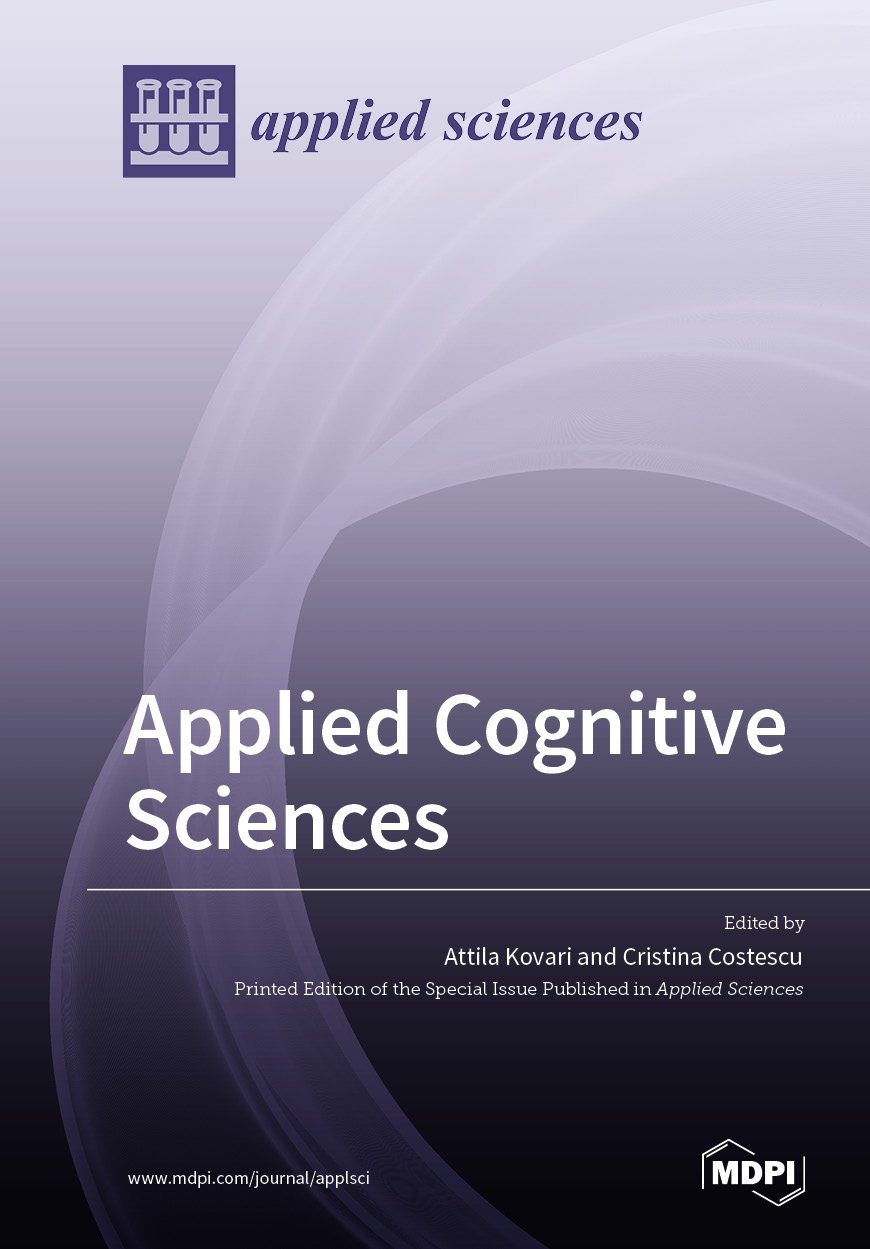Effects of Pseudo-Weight Resistance Training Using Mixed-Reality Technology on Muscle Activation in Healthy Adults: A Preliminary Study
IF 2.5
4区 综合性期刊
Q2 CHEMISTRY, MULTIDISCIPLINARY
引用次数: 0
Abstract
The present study investigated the feasibility and effectiveness of pseudo-weight resistance training using mixed-reality (MR) technology for shoulder muscle activation in healthy individuals. Thirty-two healthy students aged 20~35 years participated in this preliminary study and were divided into two groups. Participants in the MR group received 30 min of training three times a week for 4 weeks using a customized MR-based pseudo-weight resistance training system. Those in the control group performed the same exercises using a conventional training program. Muscle activation of the deltoids, upper trapezius, infraspinatus, and supraspinatus were measured before and after the intervention. There was a statistically significant difference in middle deltoid, upper trapezius, and supraspinatus muscle activation in the MR group (p < 0.05), while the control group showed a significant difference in the anterior and middle deltoid, upper trapezius, and supraspinatus (p < 0.05). Regarding the between-group comparison, no statistically significant difference was observed for all six muscles (p > 0.05). Without any superiority of physical weight resistance training in the pseudo-weight training program, an MR-based pseudo-weight resistance training system can potentially be used for muscle-strengthening training, especially for early rehabilitation programs. However, further study using a large sample size with a long experimental duration is needed for more evidence of the presented technology and its use in home training.使用混合现实技术的假重量阻力训练对健康成人肌肉激活的影响:初步研究
本研究探讨了使用混合现实(MR)技术对健康人肩部肌肉激活进行伪重量阻力训练的可行性和有效性。本初步研究选取32名年龄在20~35岁的健康学生,分为两组。MR组的参与者使用定制的基于MR的伪重量阻力训练系统,每周三次,每次30分钟,持续4周。对照组的人使用传统的训练程序进行同样的练习。在干预前后测量三角肌、上斜方肌、冈下肌和冈上肌的肌肉激活。MR组中三角肌、上斜方肌、冈上肌激活差异有统计学意义(p < 0.05),对照组中三角肌前、中三角肌、上斜方肌、冈上肌激活差异有统计学意义(p < 0.05)。6块肌肉组间比较,差异均无统计学意义(p < 0.05)。在伪重量训练计划中没有任何物理重量阻力训练的优势,基于核磁共振的伪重量阻力训练系统可以潜在地用于肌肉强化训练,特别是早期康复计划。然而,需要进一步的研究,使用大样本量和长时间的实验,以获得更多的证据,以证明所提出的技术及其在家庭培训中的应用。
本文章由计算机程序翻译,如有差异,请以英文原文为准。
求助全文
约1分钟内获得全文
求助全文
来源期刊

Applied Sciences-Basel
CHEMISTRY, MULTIDISCIPLINARYMATERIALS SCIE-MATERIALS SCIENCE, MULTIDISCIPLINARY
CiteScore
5.30
自引率
11.10%
发文量
10882
期刊介绍:
Applied Sciences (ISSN 2076-3417) provides an advanced forum on all aspects of applied natural sciences. It publishes reviews, research papers and communications. Our aim is to encourage scientists to publish their experimental and theoretical results in as much detail as possible. There is no restriction on the length of the papers. The full experimental details must be provided so that the results can be reproduced. Electronic files and software regarding the full details of the calculation or experimental procedure, if unable to be published in a normal way, can be deposited as supplementary electronic material.
 求助内容:
求助内容: 应助结果提醒方式:
应助结果提醒方式:


